
OR
Upendra Yadav, Chairman of the Federal Socialist Forum, Nepal (FSF-N), had once expressed his utter disappointment on the makeup of Province 2 with his succinct remark on the province’s economic prospect: ‘Can it live just by selling paddy and on donations from the Janaki Temple?’ Yadav had exaggerated a bit but not much. Poverty in the province is indeed endemic, close to the levels of Humla and Darchula in the northwestern mountainous region of the country, which are also the poorest of Nepal’s 75 districts.
Now comes Bimlendra Nidhi, ex-Deputy Prime Minister and Nepali Congress leader, with a scheme to win 100 local constituencies for NC, out of total 127 at stake in Province 2. Nidhi hasn’t explained how NC could achieve such a landslide in the face of challenges from Madhesi parties and CPN-UML, the clear front-runner in the first two phases of local elections.
Poverty is number one challenge for the province and this would certainly be on the minds of the electorate when they go to the polls on September 18. And they would certainly opt to vote for a party they trust with tackling the province’s dire economic situation. The voters would also look at the past record of parties, in line with the economic promises they made during past elections.
Since the resumption of democratic elections in 1991, Congress and Madhesi parties have been clear favorites in Province 2, followed by UML and Maoists. NC’s sway is much larger than just the number of seats it won, as many high-ranking Congress leaders and ministers hailed from Province 2, and many Madhesi parties have remained close to Congress even after they separated from it.
The expectation then is that most voters in Province 2 would side with Congress. Although NC has got few signposts of its achievements in the province, it can still be trusted more than the newer parties, for its long history in Madhes and its equally long democratic credentials. Communist parties have lately made some inroads but few people in the province like to openly identify themselves as communists.
Economy, front, and center
In the end, electoral success will depend on how well the candidates and parties put forward their economic agendas to build infrastructure and end grassroots poverty. It is true that making credible promises to voters will be an enormous challenge for candidates and parties. This in light of several decades of failed efforts at all levels of government that have left the region’s economy primitive and infrastructure in worse condition than they were 20 or even 30 years ago.
In the absence of economic momentum, no new jobs have been created in the province outside subsistence sectors, forcing many able-bodied young men to leave for seasonal work outside the country. The outflow of farm labor has adversely affected the traditional economy dependent on the supply of local labor. A stagnant economy has also led to high poverty, above the national average, according to the National Living Standard Survey Report for 2010-2011.
The region’s poverty, in large part, ensues from unfulfilled promises of Congress governments and, in part, from the neglect of Madhesi leaders, many of whom have served as heads of powerful ministries and high-level officials. The key development landmarks of the region—Janakpur Cigarette Factory, Janakpur Railway, Hulaki Rajmarg, well-travelled district roads, and irrigation infrastructure—either went out of business or have become unusable. At the same time, all old district headquarters in the province are now dead towns, and the holy city of Janakpur has been reduced to a pile of dirt.
Probably election contestants do not realize that relating to voters the traditional way—dispensing favors and making unrealistic promises—may not attract new voters who are smart and educated. Rather, they need credible plans to upgrade the region’s infrastructure and help lift the village economy. It is not that election at local level needs to be fought by promising large projects and upscale programs but people would still like to hear how the candidates will meet critical needs at local and regional levels.
Among the priority schemes in the minds of people of Province 2 is upgrade and completion of Janakpur Railway and its extension to Birgunj to the west and Rajbiraj to the east. This will help connect all eight districts of the province which, up till now, do not have a shared transport link other than the East-West Highway. But the highway passes through outer edges of these districts and thus is unusable for a large segment of the people in the province.
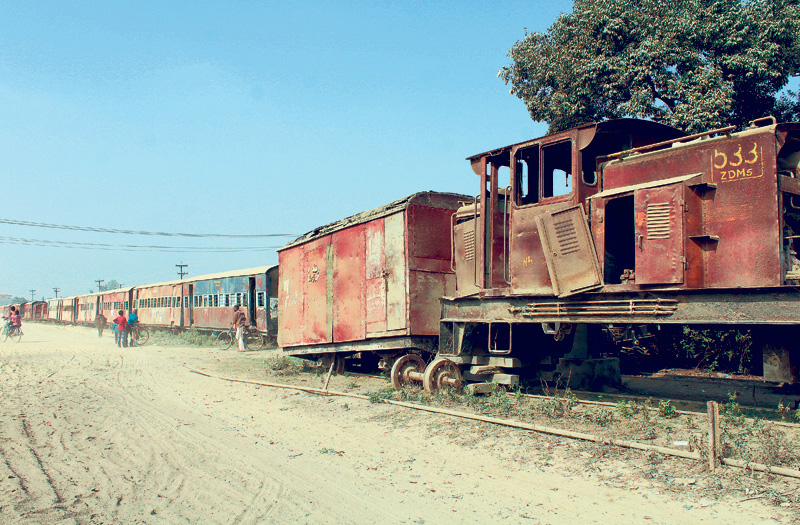
Puffs of hope
The other mega initiative could be to refurbish and recapitalize Janakpur Cigarette Factory which, at its peak in the 1980s, employed 8,000 people, generated vital cash for farmers, yielded tax revenue, and saved on imports. Because the valuable piece of real estate owned by the factory remains intact, much can be achieved by upgrading the old factory and buying key pieces of equipment, preferably with a partnership with private investors. Another piece of investment that has been talked over past 50 years but remains largely undone is the Hulaki Marg that connects the east and west ends of the province and much of the rest of the country along the Indian border. This highway will be an ideal project financed from local efforts, with technical support from central government. Much of this highway passes through villages and local markets and it will thus be ideal for connecting the grassroots with the national mainstream.
The other attention-grabbing initiative that holds the promise of prosperity will be harnessing the province’s water sources that are now known more for creating havocs, as flood waters wipe out crops and destroy villages. During the dry season, most of these rivers and waterways contain little water but become a source of desertification when they leave huge columns of sand deposits in farming areas and thus reduce cropping acreage.
Flood control and harnessing of water resources for irrigation and other public uses will be an enormously expensive proposition and thus needs to be tackled at the national level. However, over many decades of waiting for central bureaucracy to provide needed funding, little has materialized in terms of flood control and irrigation facilities for farmers. Lack of water resource management has been a key reason for the province’s extreme poverty. River basin development must thus be a priority of local and provincial councils to help end grassroots poverty.
Candidates need not promise all these improvements immediately but a credible layout of key problems designed to help farmers and improve trade and travel links across the region would convince voters that something new is being committed and that the candidates they vote for can also be trusted to carry them out.
Many may think that what has been outlined above reads like a Five- or Ten-Year Development Plan. That may be correct. But looking back, central-level policy-makers have been hostile to Madhes development, particularly for the region now designated as Province 2. This means that regional leaders will have to take up the development challenge into their own hands without partnering with the center. But, at the same time, one hopes that the center’s outlook to Madhes development in general and of Province 2, in particular, will change in view of newer challenges being faced by voters as well as by those seeking their favors at the polls.
The author teaches economics at NOVA Community College in Virginia, USA: sshah1983@hotmail.com
You May Like This

Province 2 secures second win, Province 6 defeats Province 3
KATHMANDU, April 29: Province 2 has won two consecutive matches in the ongoing first Manmohan Memorial Inter-province U-16 Cricket Tournament, defeating... Read More...

Province 4 is now Gandaki Province, Pokhara to remain capital
POKHARA, July 7: Province 4 has been named Gandaki Province. A meeting of the Provincial Assembly on Friday took the decision.... Read More...

Province 6 becomes Karnali Province, Birendranagar its capital
SURKHET, Feb 25: Province 6 has become the first federal province to get a name and also to decide on its... Read More...
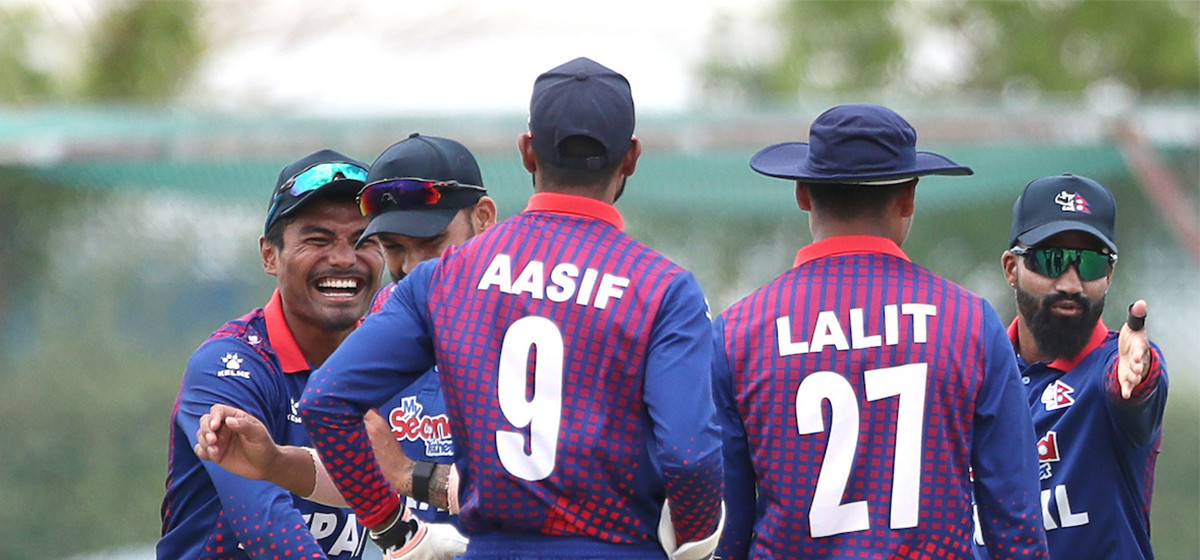

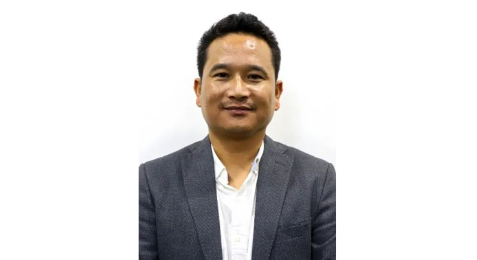
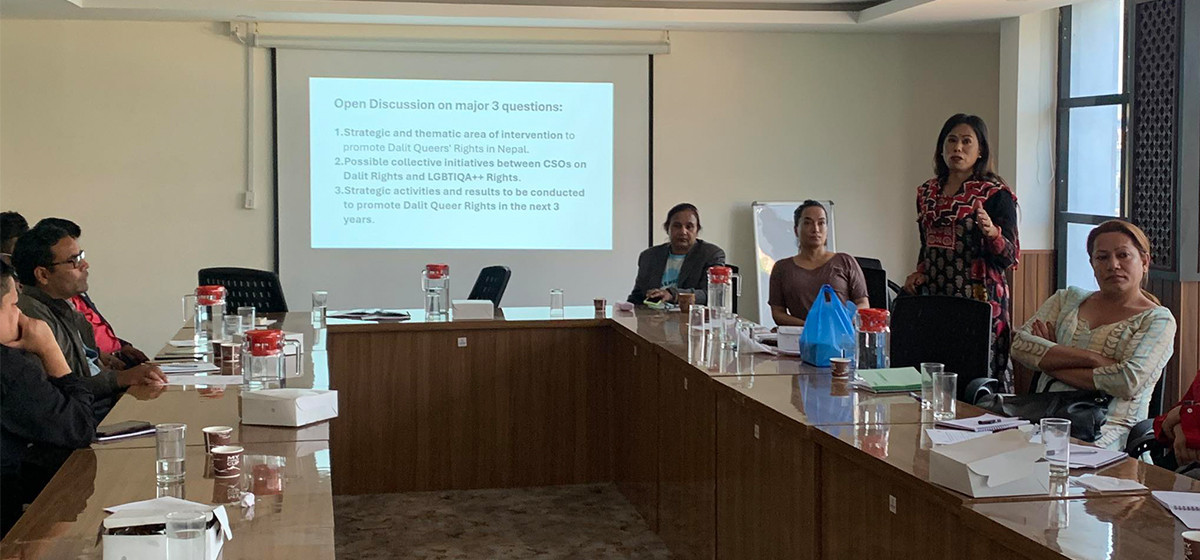


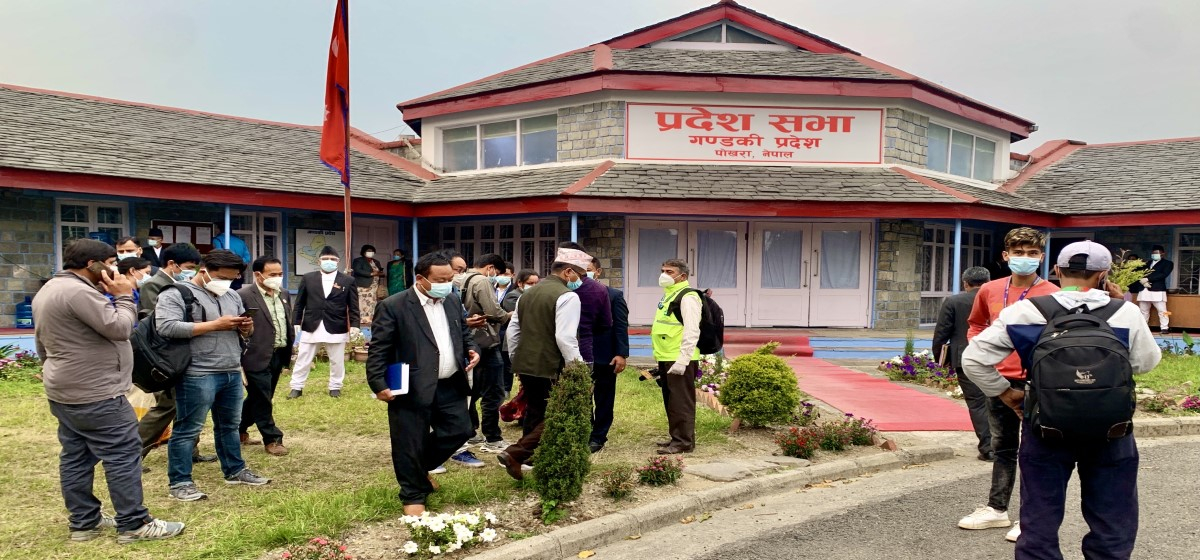

Just In
- Dalit sexual and gender minorities lack representation within their own communities and groups
- Nagdhunga-Sisnekhola tunnel breakthrough: Beginning of a new era in Nepal’s development endeavors
- Altitude sickness deaths increasing in Mustang
- Weather forecast bulletin to cover predictions for a week
- Border checkpoints in Sudurpaschim Province to remain closed till Friday evening
- Gandaki Province Assembly session summoned
- CM Karki to Speaker: Resolution motion for vote of confidence unconstitutional
- EC reminds all for compliance with Election CoC




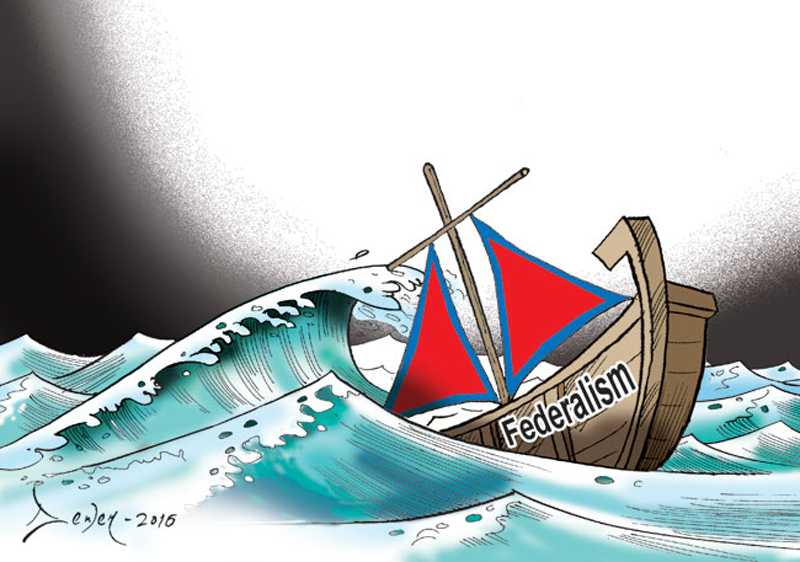



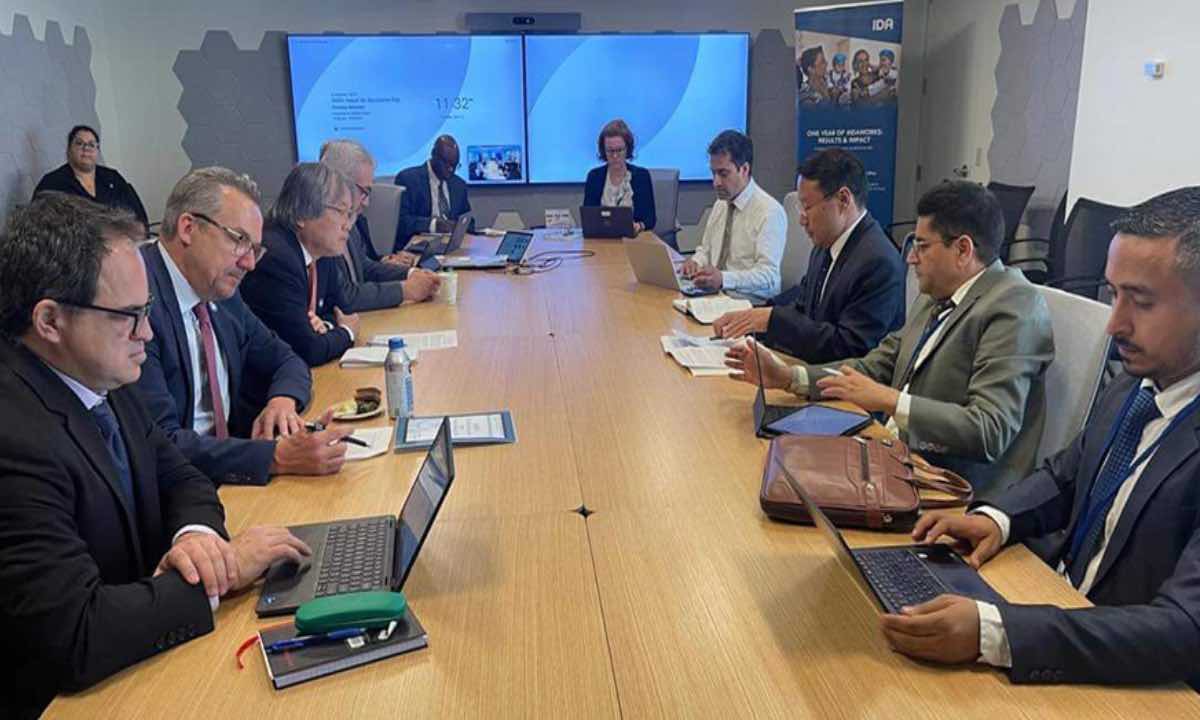

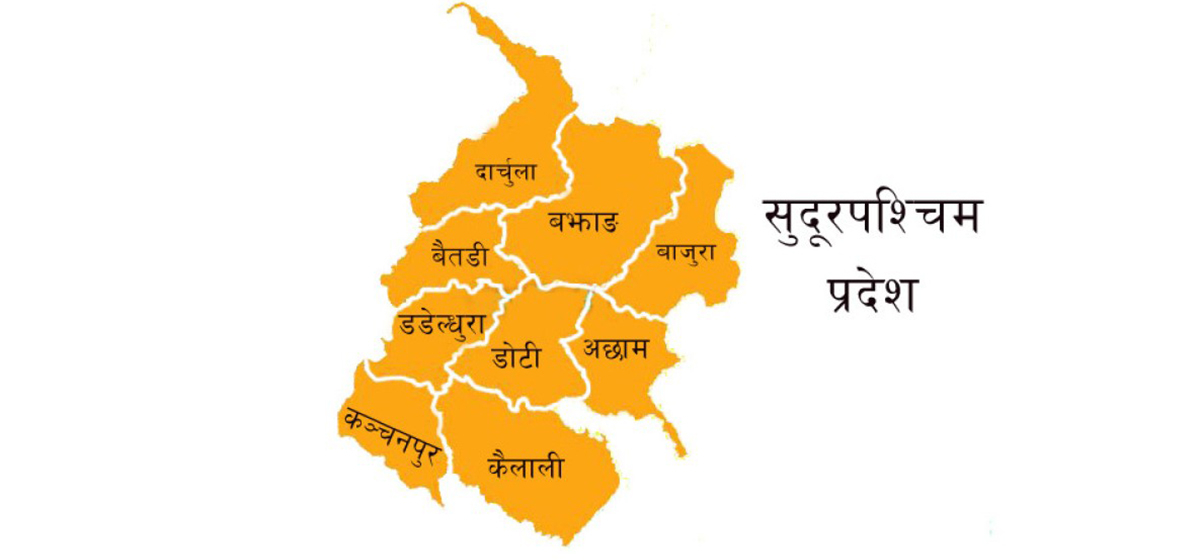
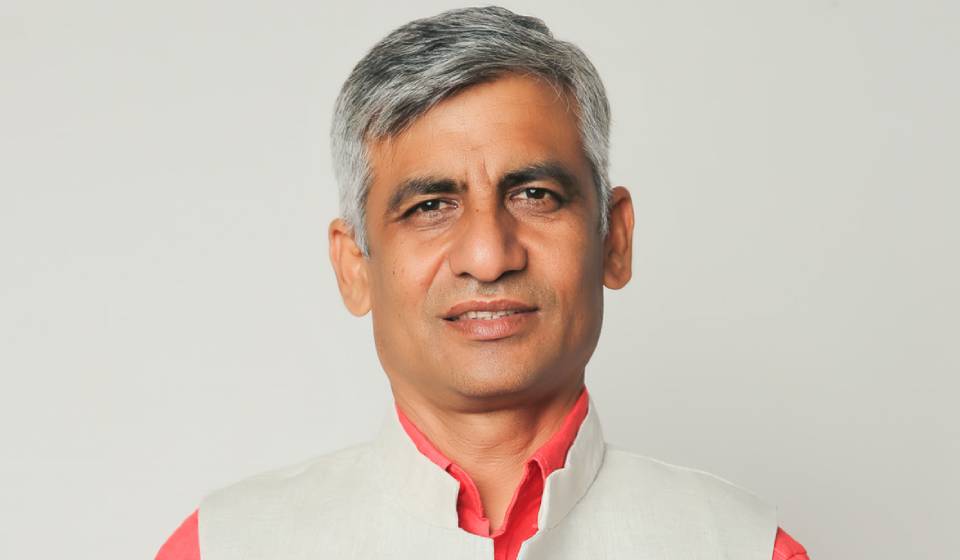
Leave A Comment